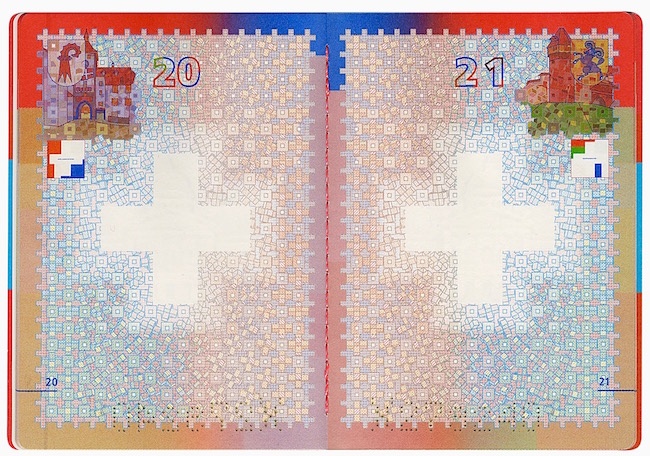Until recently, passports throughout the world were issued in just four different colours – blue, green, red and black. There are no official guidelines for how a nation determines the colour of its passport, however some general trends are evident. Blue tends to be used by new world countries like Canada, USA, Australia and Hong Kong. Red is found predominantly in Europe in part due to its association with communism. Green, on account of its religious significance (a favourite colour of the prophet Muhammad, symbolizing nature and life) is popular with nations that have large Islamic populations. And then there is black, the colour used by the fewest nations, among them – Angola, Chad and New Zealand.
Thankfully, passport design is catching up with the times. Countries like Canada, Norway and Switzerland are saying farewell to traditional passport layouts and producing new and exciting documents. Norway’s passport has three different cover colours – salmon pink, robin’s egg blue and white. Switzerland has added a handsome pattern of de-bossed crosses to its scarlet red cover. But that's just a start: the real changes are occurring between the covers – full colour pages, stylized illustrations and images that only appear under back lights. Finland’s passport acts as a flip book – enabling an elk to walk through the pages.
As with world currency, countries are seeing the value of well-designed passports. Unconventional graphics and printing techniques accomplish two objectives – passports become harder to counterfeit and they better reflect a country’s unique identity. Look for new innovations as the world of passport design becomes less formulaic and more expressive.
